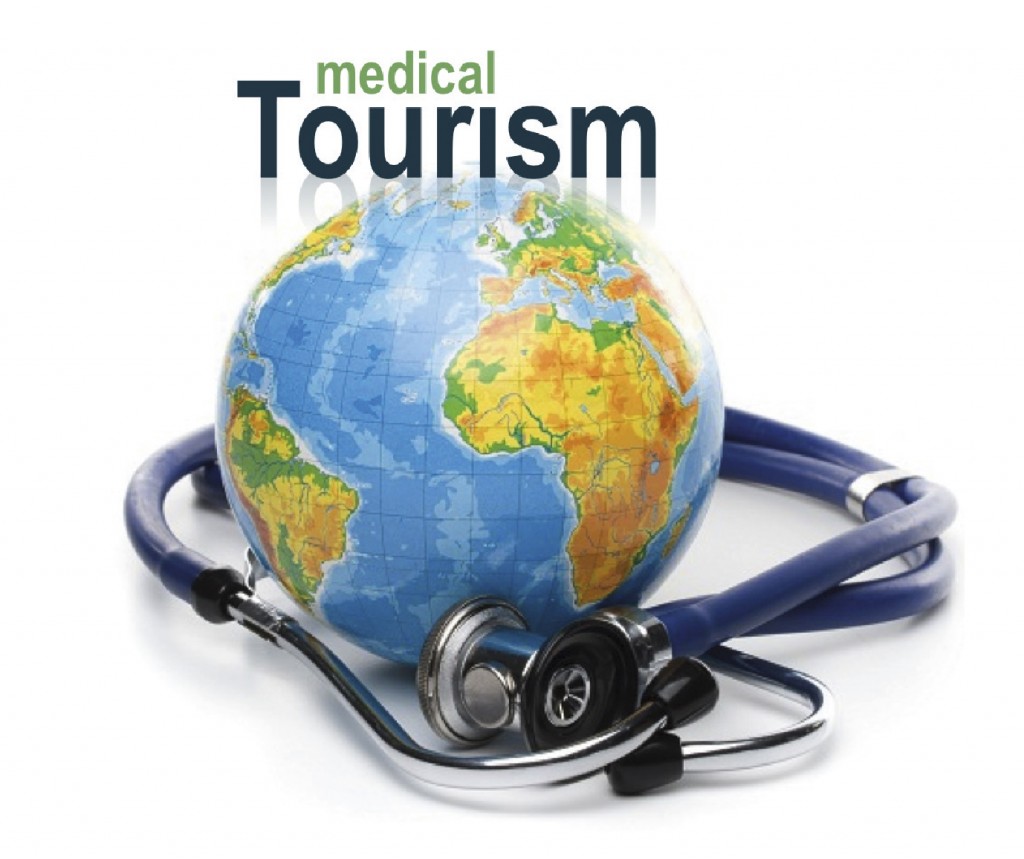According to the Global Longevity
ตลาดบริการทางการแพทย์ของภูมิภาคเอเชียกำลังเบ่งบาน แต่การที่จะเก็บเกี่ยวดอกผลนี้ได้นั้น ผู้ให้บริการทางการแพทย์จำเป็นต้องมีแผนกลยุทธ์ที่ชัดเจนในการดึงดูดผู้เข้ารับการบริการทั้งในและนอกภูมิภาค ปัจจุบันอุปสงค์ของบริการด้านบริการทางการแพทย์มีมากขึ้นเรื่อยๆ ทั้งนี้เพราะแรงขับเคลื่อนทางประชากรศาสตร์ซึ่งได้แก่ อายุขัยของมนุษย์ที่มากขึ้น และอัตราการเกิดที่สูงขึ้น ในขณะเดียวกันผู้บริโภคเองก็ให้ความสำคัญกับทางเลือกบริการทางการแพทย์และคุณภาพของบริการดังกล่าวมากขึ้น และยอมเดินทางไกลเพื่อรับบริการทางการแพทย์ต่างแดนที่มีค่าใช้จ่ายย่อมเยากว่า
Opportunity exists in Asia
บริการทางการแพทย์ที่เป็นที่ต้องการสูง ณ ปัจจุบัน ได้แก่ โรคหัวใจ ระบบทางเดินปัสสาวะ ทางเดินอาหาร โรคผิวหนัง ศัลยกรรม ทันตกรรม และศัลยกรรมเสริมความงาม ปัจจัยขับเคลื่อนที่สำคัญของอุตสาหกรรมได้แก่ ค่าใช้จ่ายแบบ low-cost แต่คงด้วยคุณภาพมาตรฐานคุณภาพการบริการระดับนานาชาติ ณ สิ้นปี 2015 ได้มีสถานบริการทางการแพทย์ที่ได้รับการรับรองโดย Joint Commission International (JCI) แล้วทั้งสิ้นเป็นจำนวน 439 แห่งตามรายงานของ Patients Beyond Borders ผู้เข้ารับบริการทางการแพทย์ในประเทศอินเดียเสียค่าใช้จ่ายน้อยกว่าในประเทศสหรัฐประมาณ 65-90% ในขณะที่ผู้เข้ารับบริการทางการแพทย์ในประเทศไทยเสียค่าใช้จ่ายน้อยกว่าในประเทศสหรัฐประมาณ 50-70% และเสียใช้จ่ายน้อยกว่า 30-45% ในประเทศซึ่งมีค่าครองชีพสูงมากอย่างเช่นสิงคโปร์ก็ตาม สาเหตุประการหนึ่งที่ทำให้ภูมิภาคเอเชียได้รับความนิยมในหมู่นักท่องเที่ยวเชิงการแพทย์อาจเป็นเพราะว่าเอเชียสามารถตอบสนองต่อความต้องการที่หลากหลายนับตั้งแต่การแพทย์การรักษาไปจนถึงการท่องเที่ยวเชิงสุขภาพ (wellness) บริการด้านเวชศาสตร์การแพทย์และการรักษาครอบคลุมนับตั้งแต่ศัลยกรรมที่ใช้เทคโนโลยีขั้นสูง เช่น การเปลี่ยนกระดูกสะโพก ไปจนถึงการฟื้นฟูสุขภาพทางอายุรเวท การฝังเข็ม และสปาเพื่อสุขภาพ สำหรับผู้ที่รักการดูแลสุขภาพหรือผู้ที่ดูแลตัวเองเพื่อป้องกันการเจ็บป่วยในอนาคตอย่างที่เค้าพูดกันว่ากันไว้ดีกว่าแก้นั่นเอง
According to the Global Longevity
The Asian healthcare market is booming, but capitalizing on it will require providers to develop clear strategies for patient outreach, both within the region and outside. The global demand for healthcare services is on rise, driven by demographic factors such as increased longevity and rising birth rate. The life expectancy rate in not just developed, but developing nations of the world have seen a considerable improvement. At the same time, there is growing awareness among people about disease, and therapies available, increasing the demand for good quality healthcare services. People are now willing to travel extra mile to receive treatments at affordable prices.
Opportunity exists in Asia
Among the region’s most highly demanded service offerings are cardiology, urology, gastroenterology, dermatology, orthopedic surgery, neurosurgery, dental, and cosmetic surgery. A significant driver is the prospect of low-cost procedures delivered at international standards of care. As of 2015, there are at least 439 hospitals across Asia accredited by the U.S.-based Joint Commission International (JCI). According to Patients Beyond Borders, individuals traveling to one of these providers in India, for instance, can expect a discount of 65‒90% on the cost of a comparable medical procedure in the U.S. In Thailand, a patient can expect a potential discount of 50‒70%. Even in Singapore, where the cost of living is measurably higher, medical tourists are offered a discount of 30‒ 45% on the cost of comparable procedures in the U.S. Perhaps, the reason for Asia’s popularity among medical tourists is the opportunity to satisfy individual needs on a spectrum from medical treatment to wellness tourism. On one end, there are service offerings aimed at treating or altogether curing a medical condition; ranging from extremely high-tech surgeries like transplants to relatively standard procedures such as hip replacements. On the other end, there are “fringe medical treatments” such as Ayurveda, acupuncture, and wellness spas for tourists who merely wish to maintain their health or prevent future medical problems. Prevention may be better than cure, as the adage goes, but the prospect of both is infinitely better.

